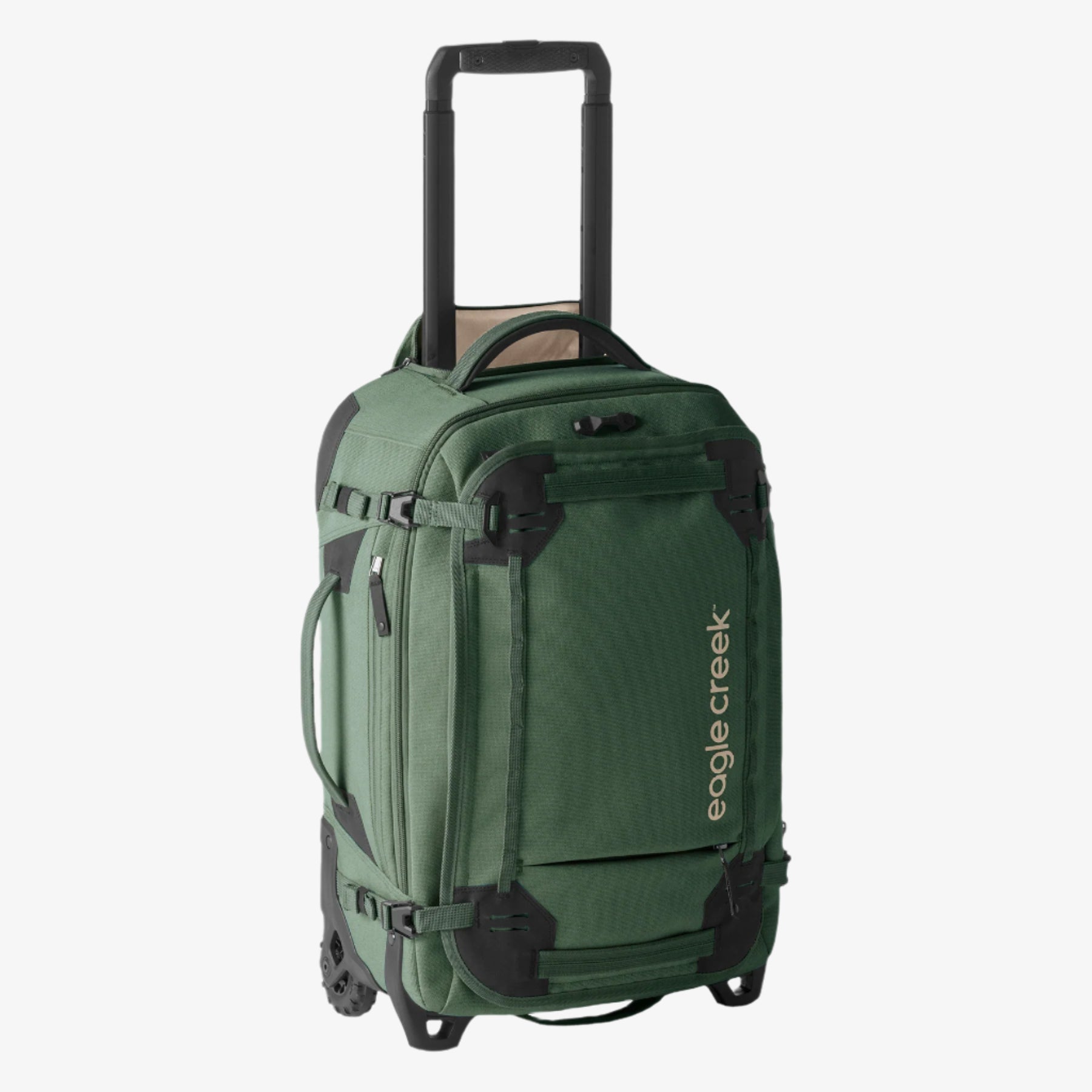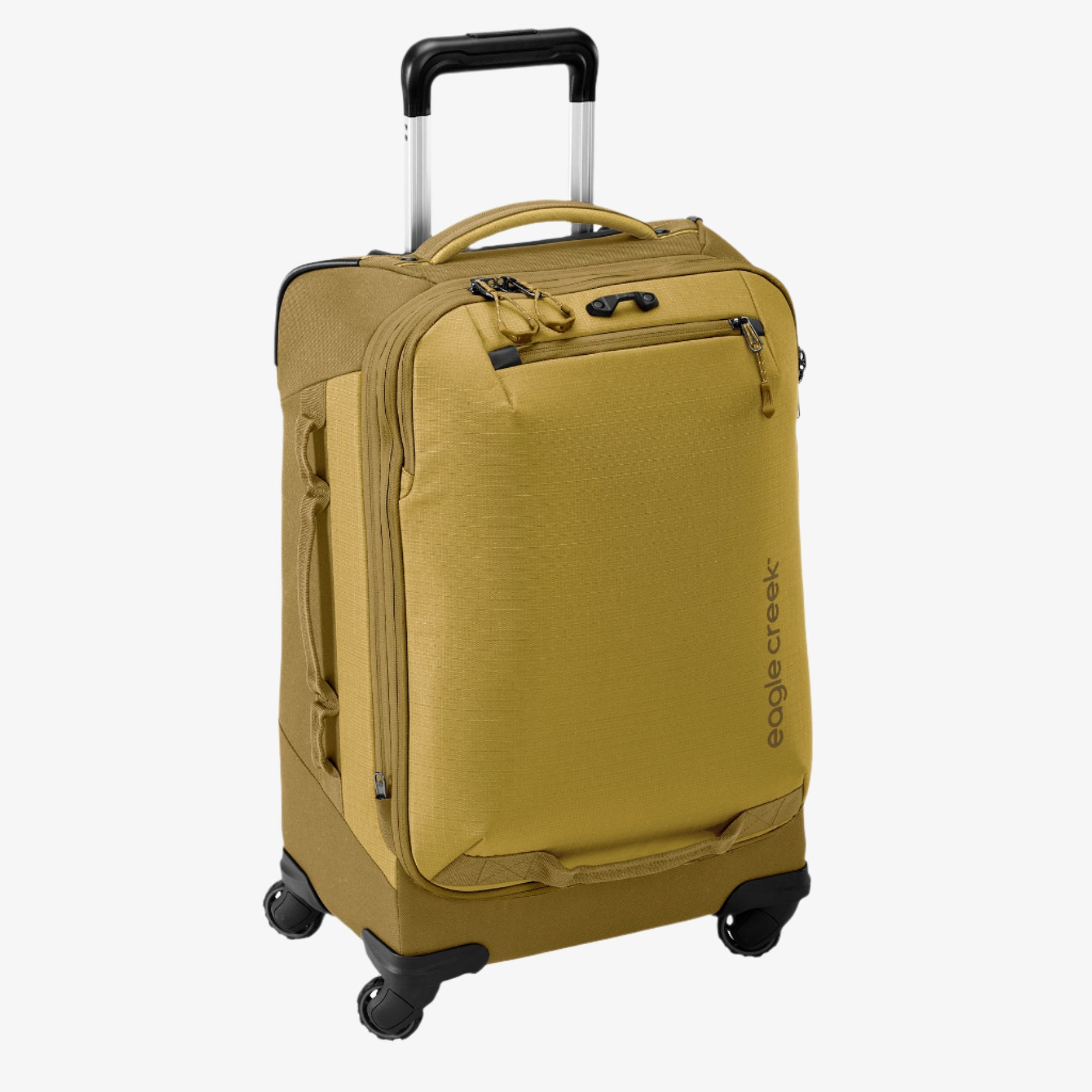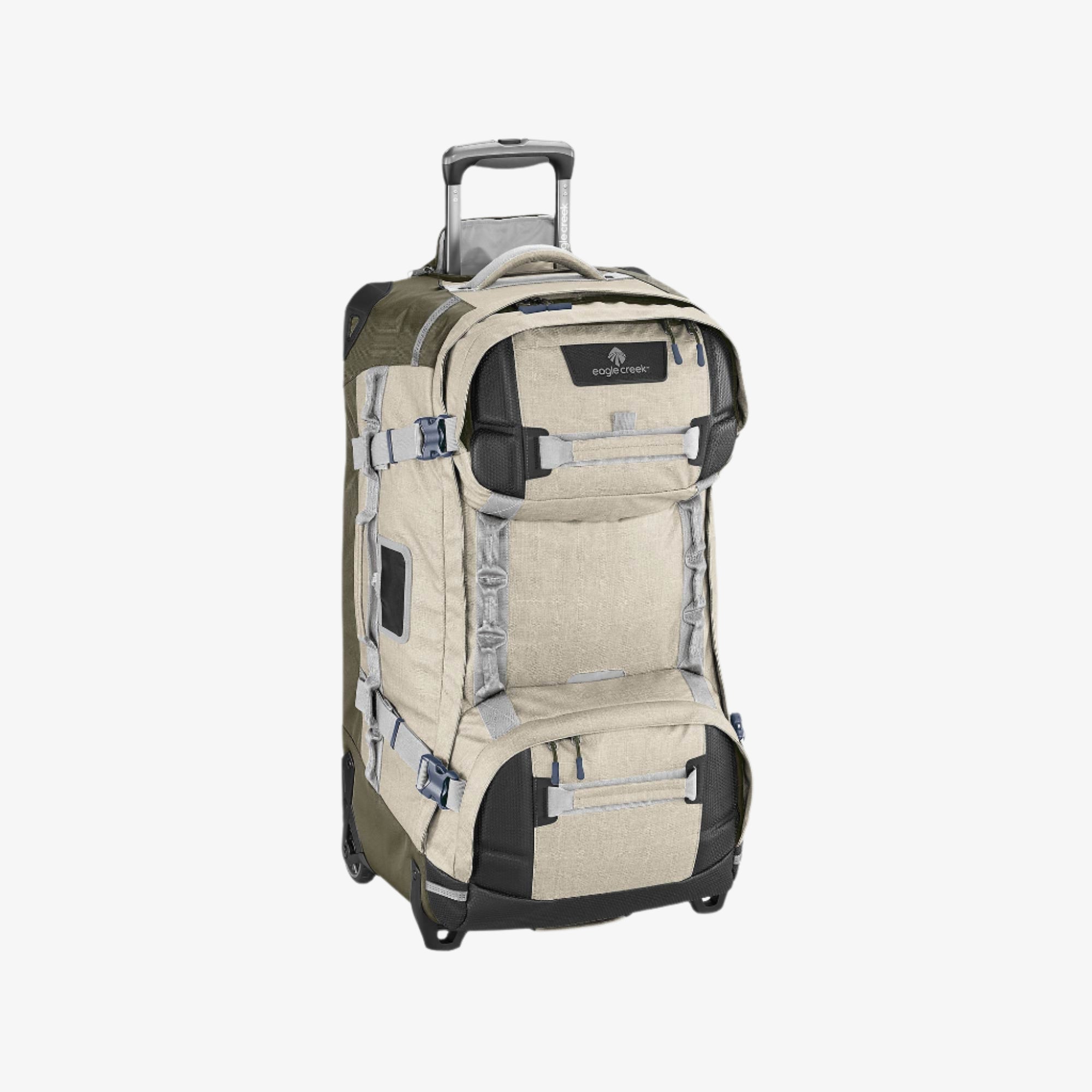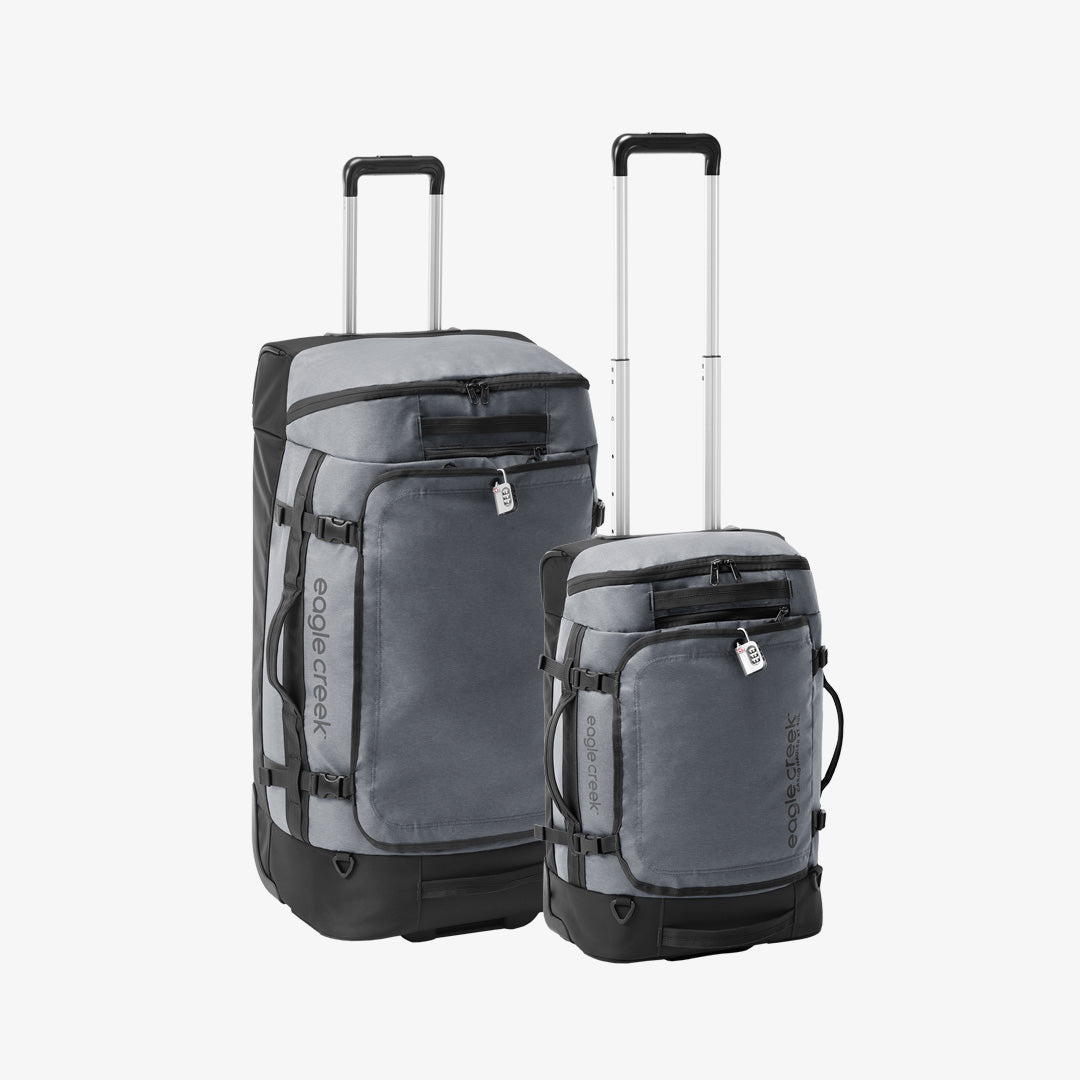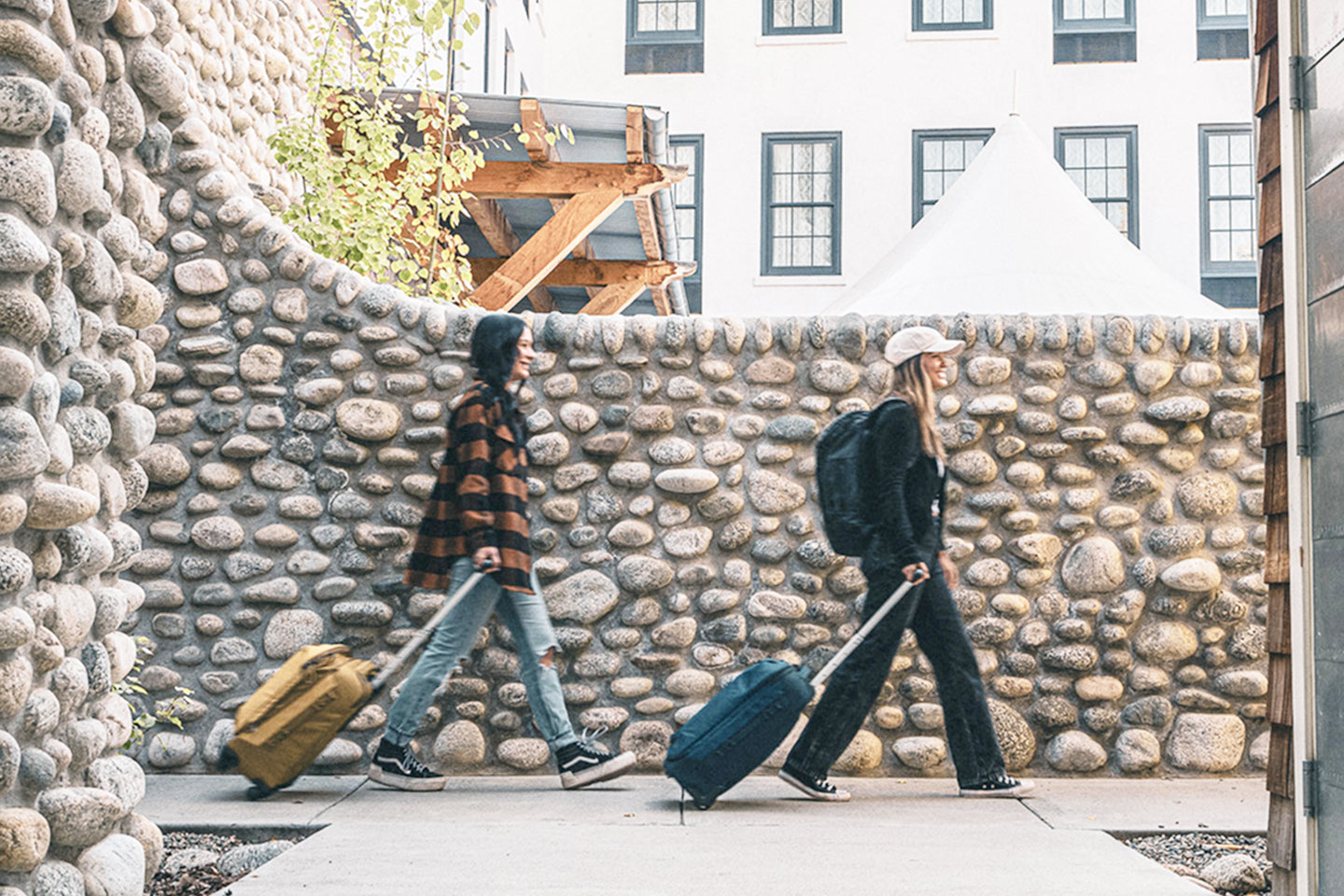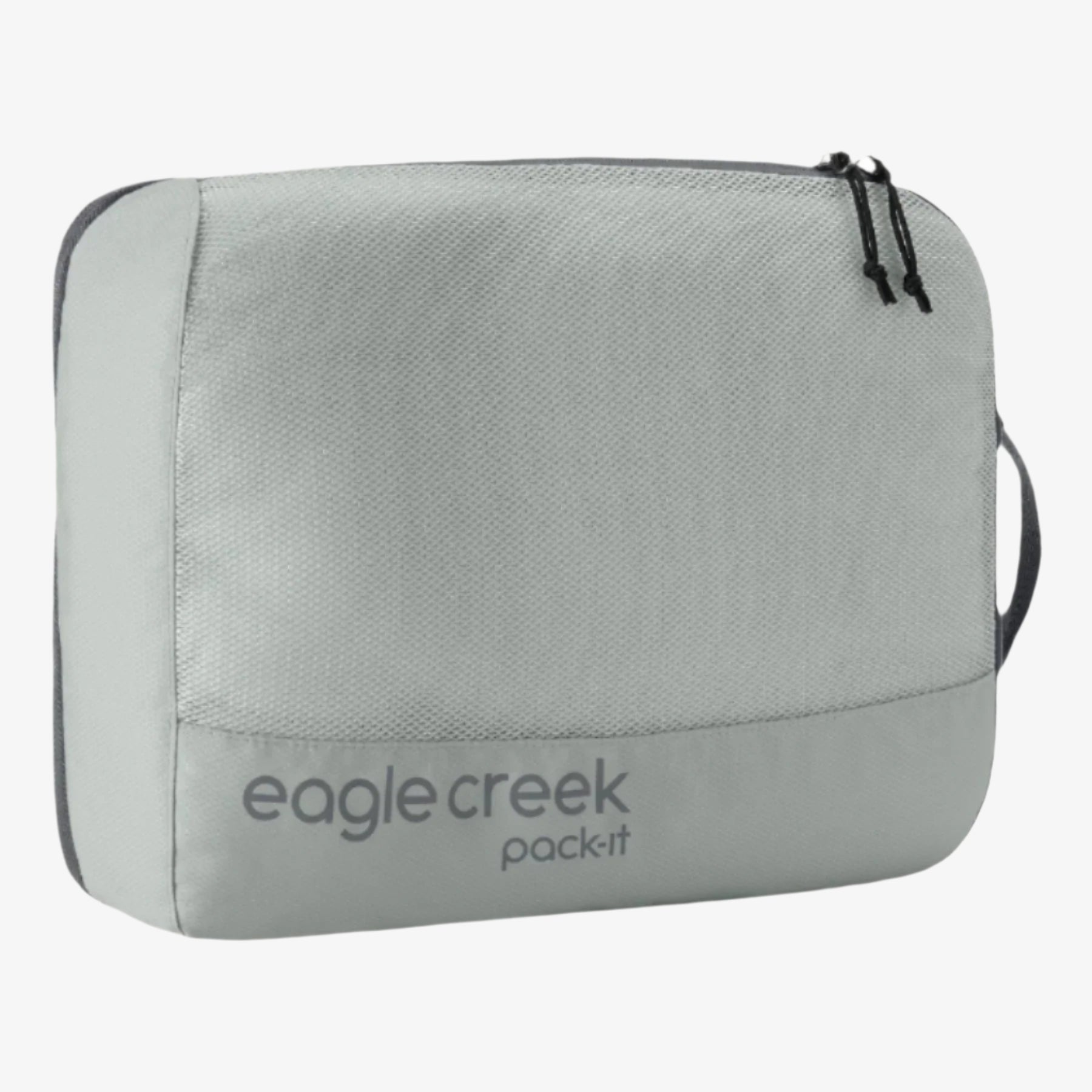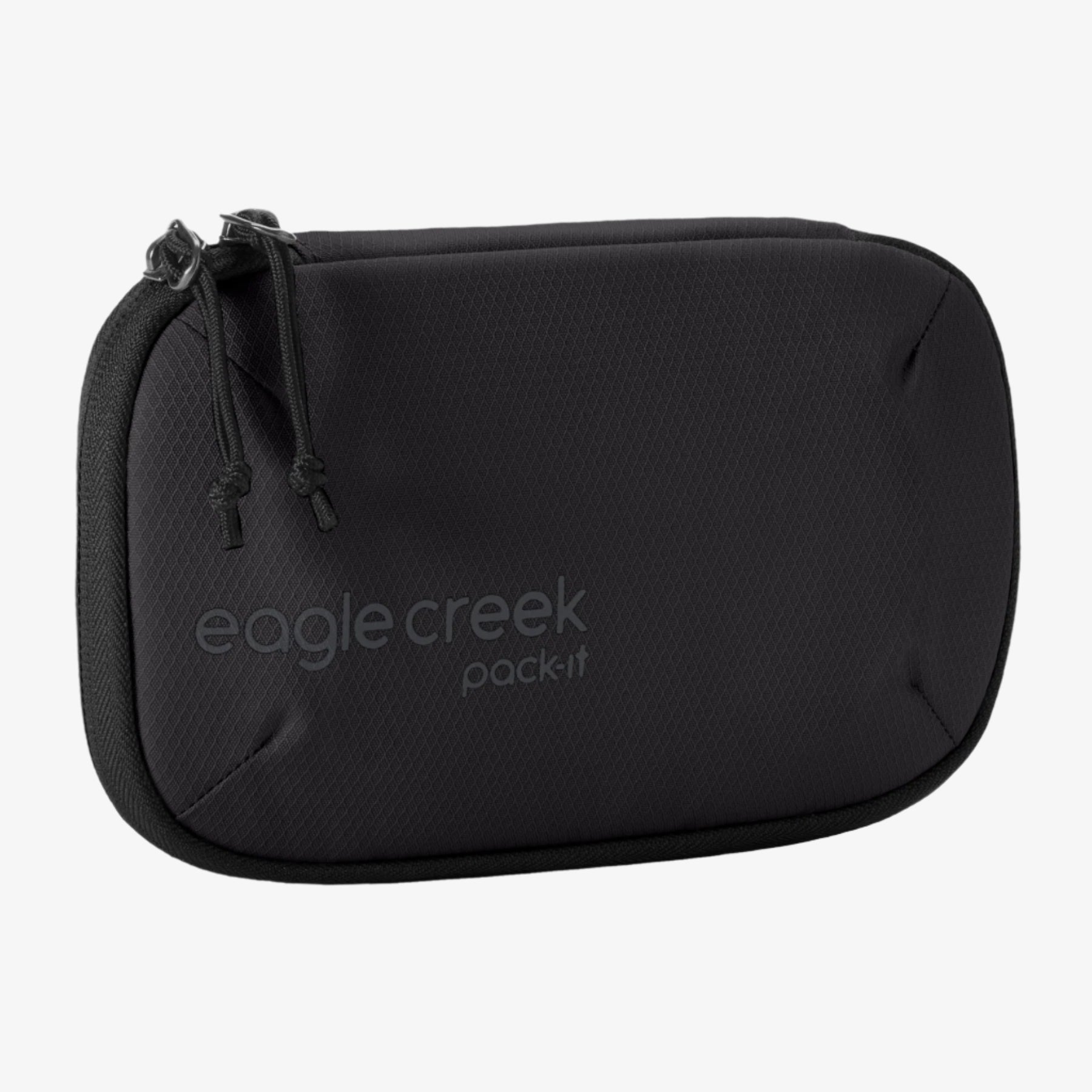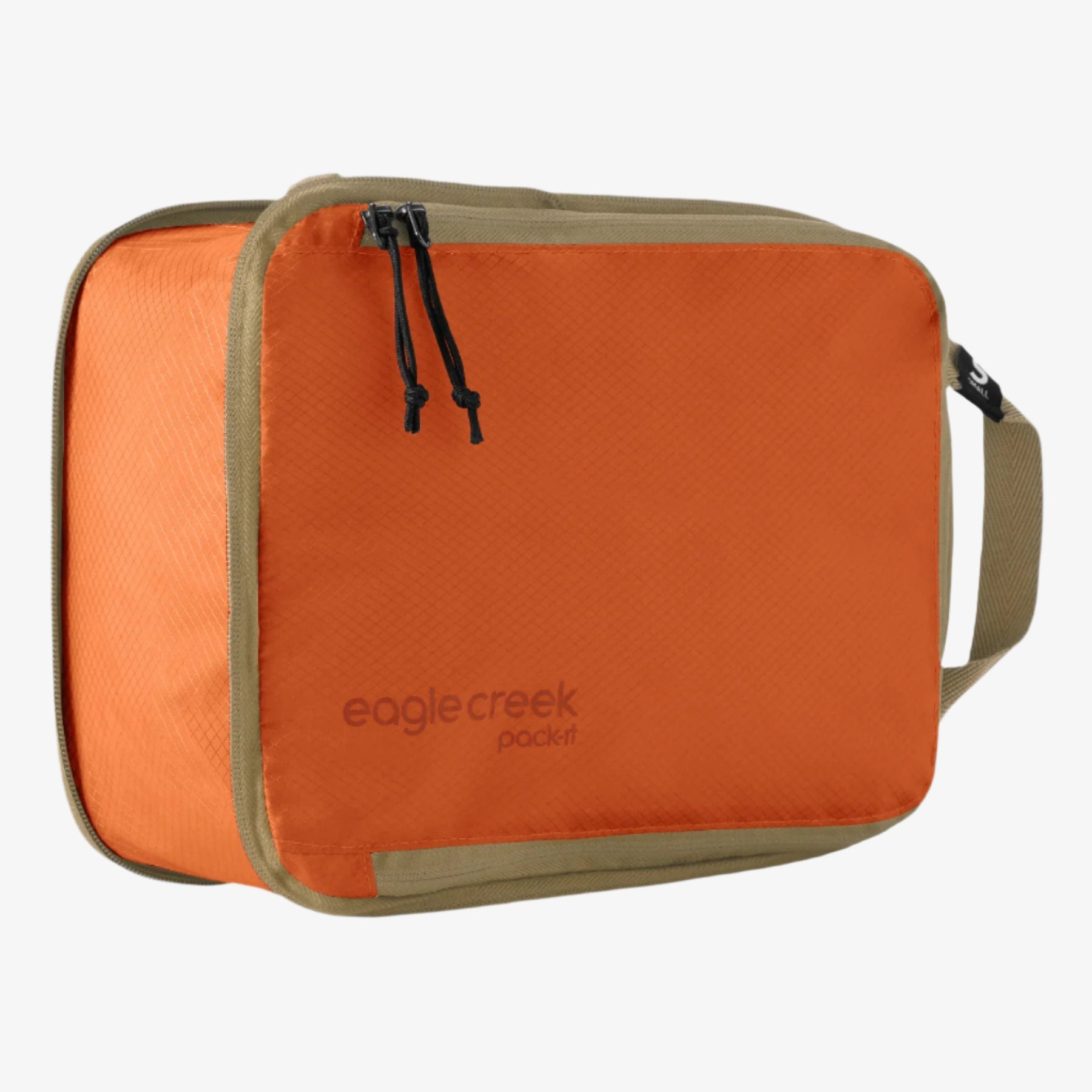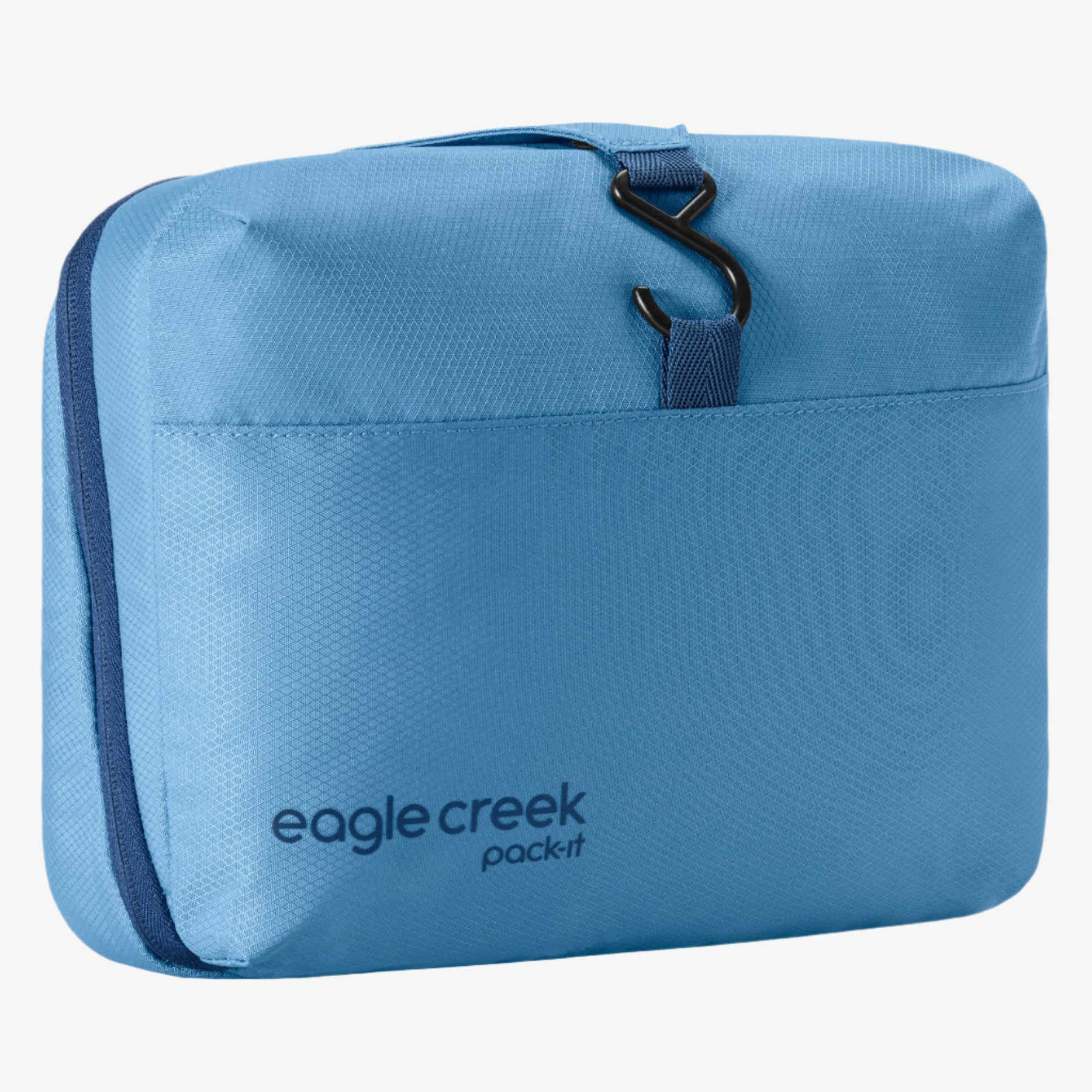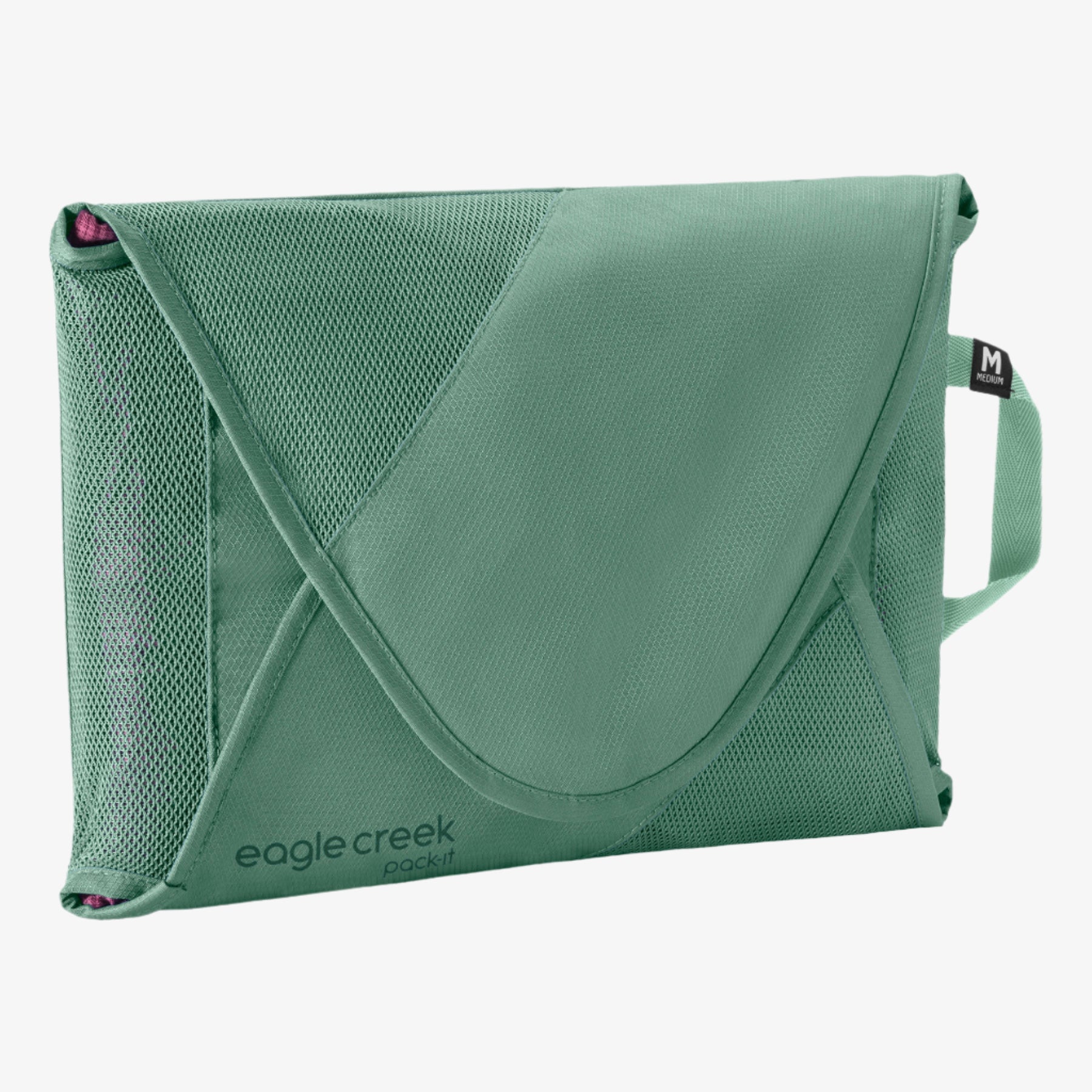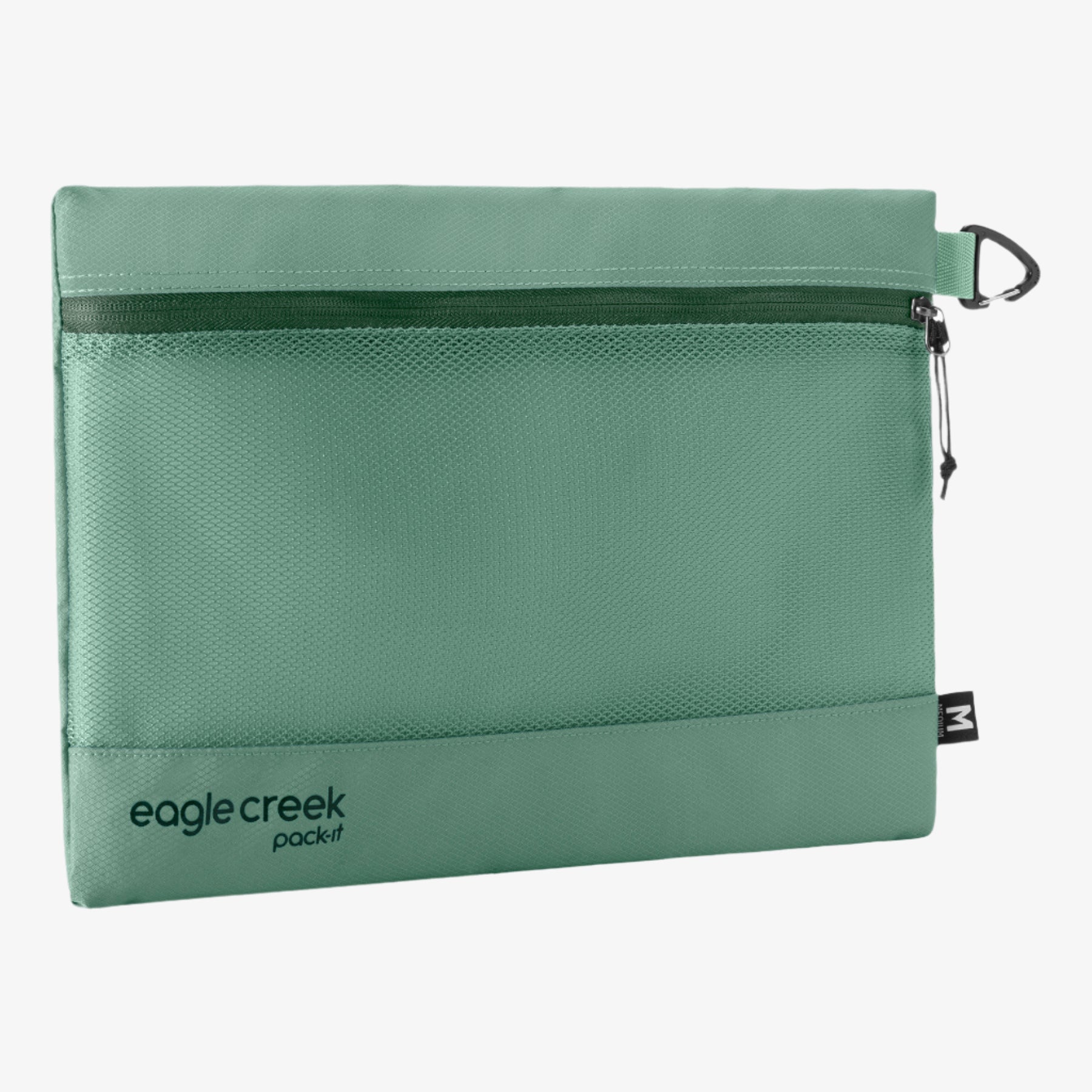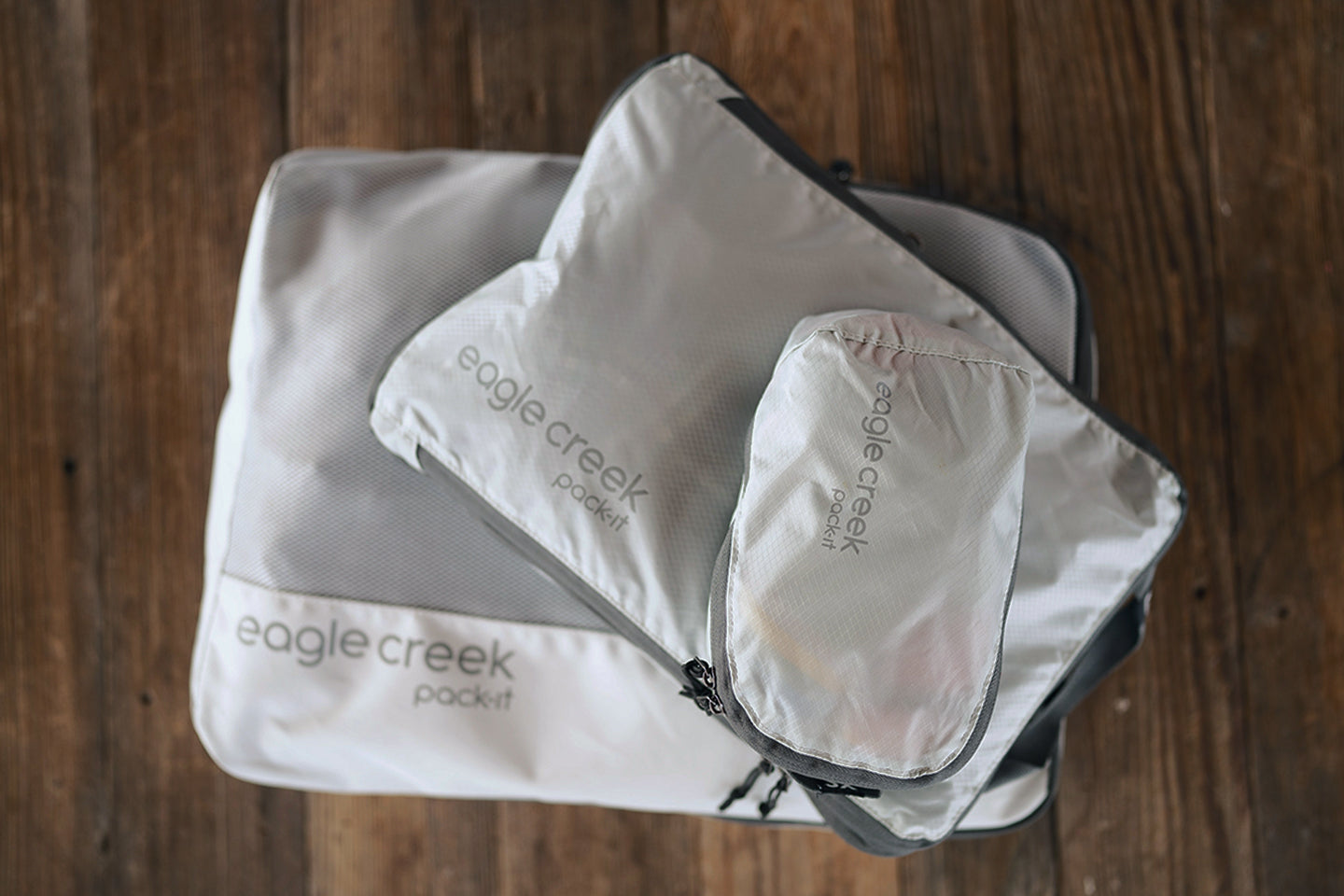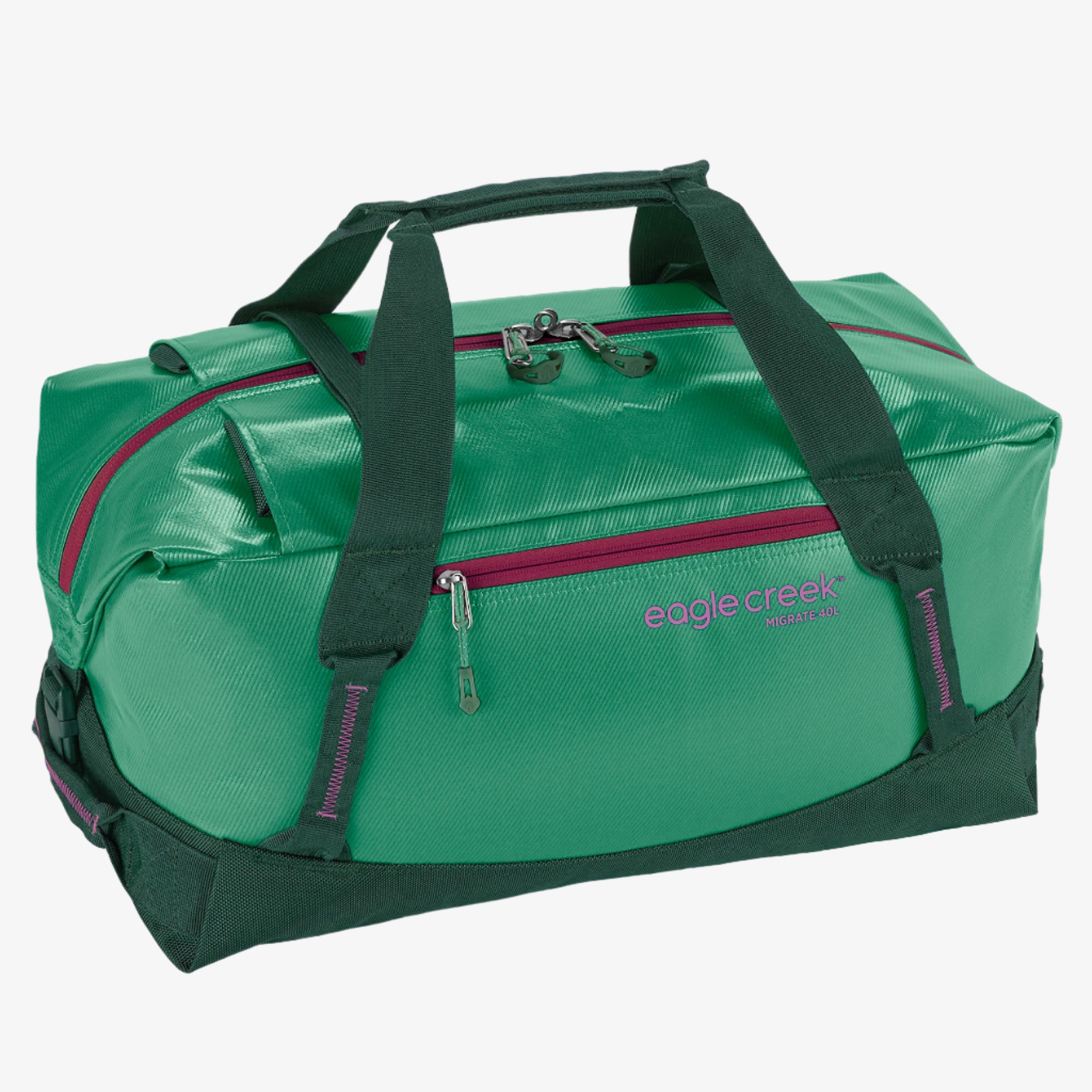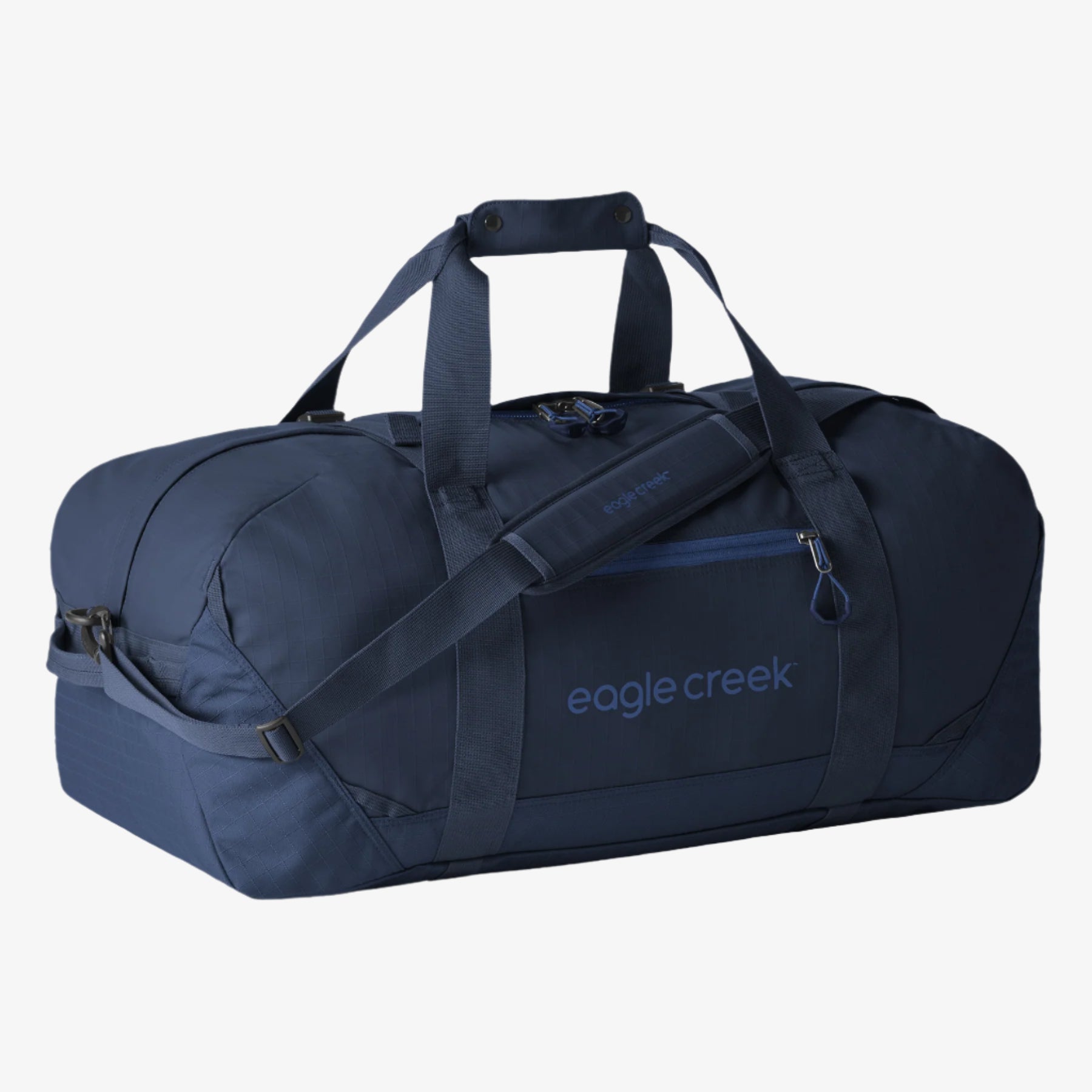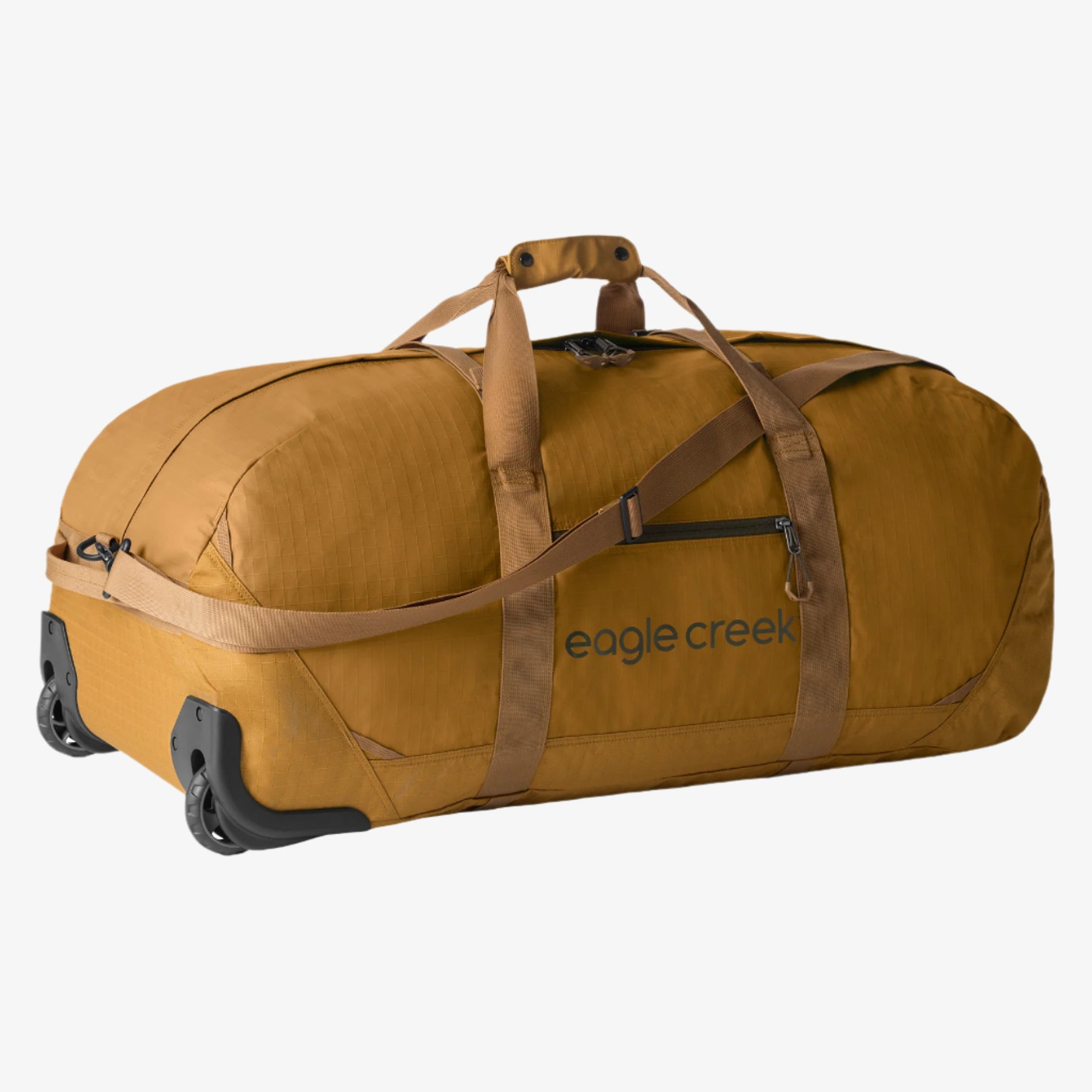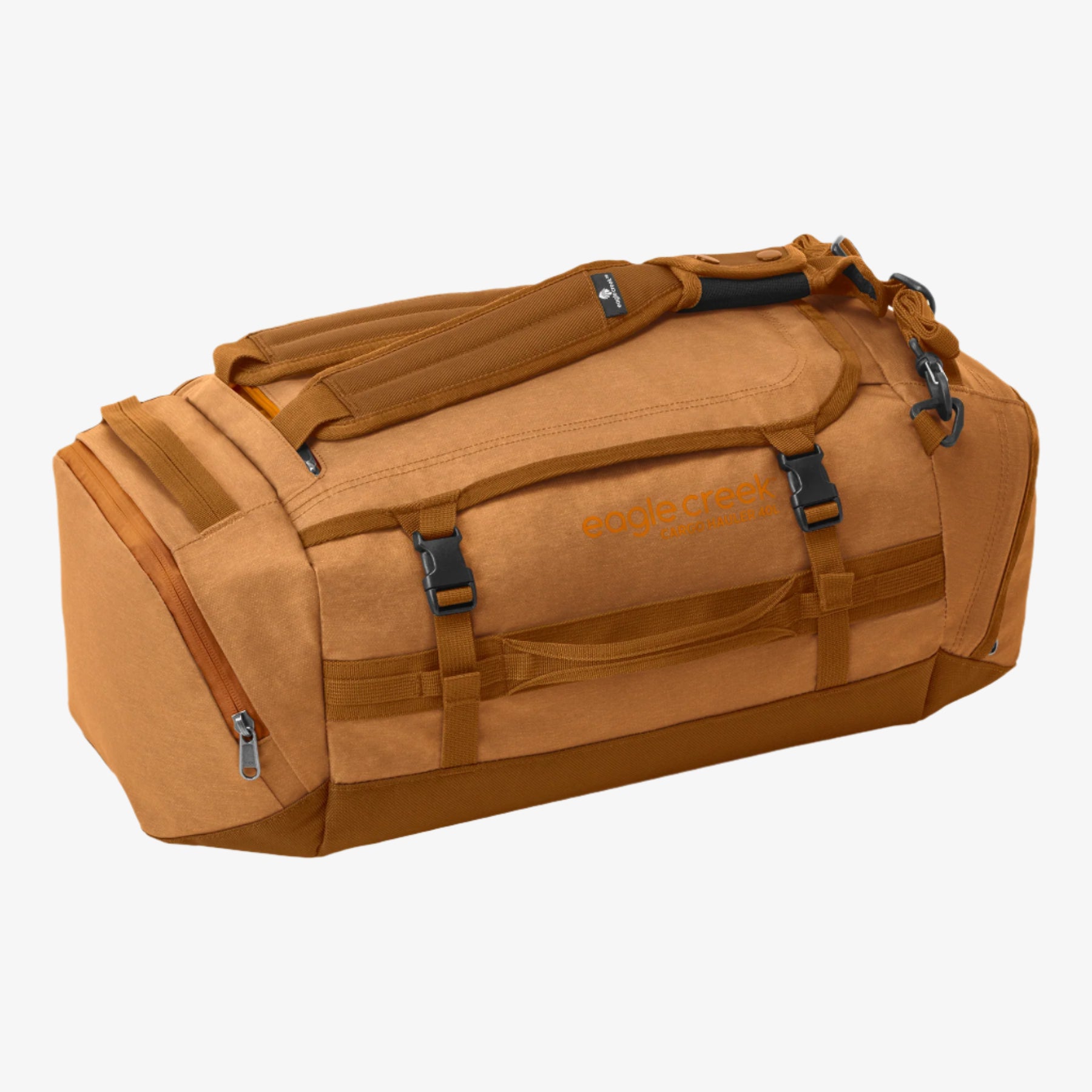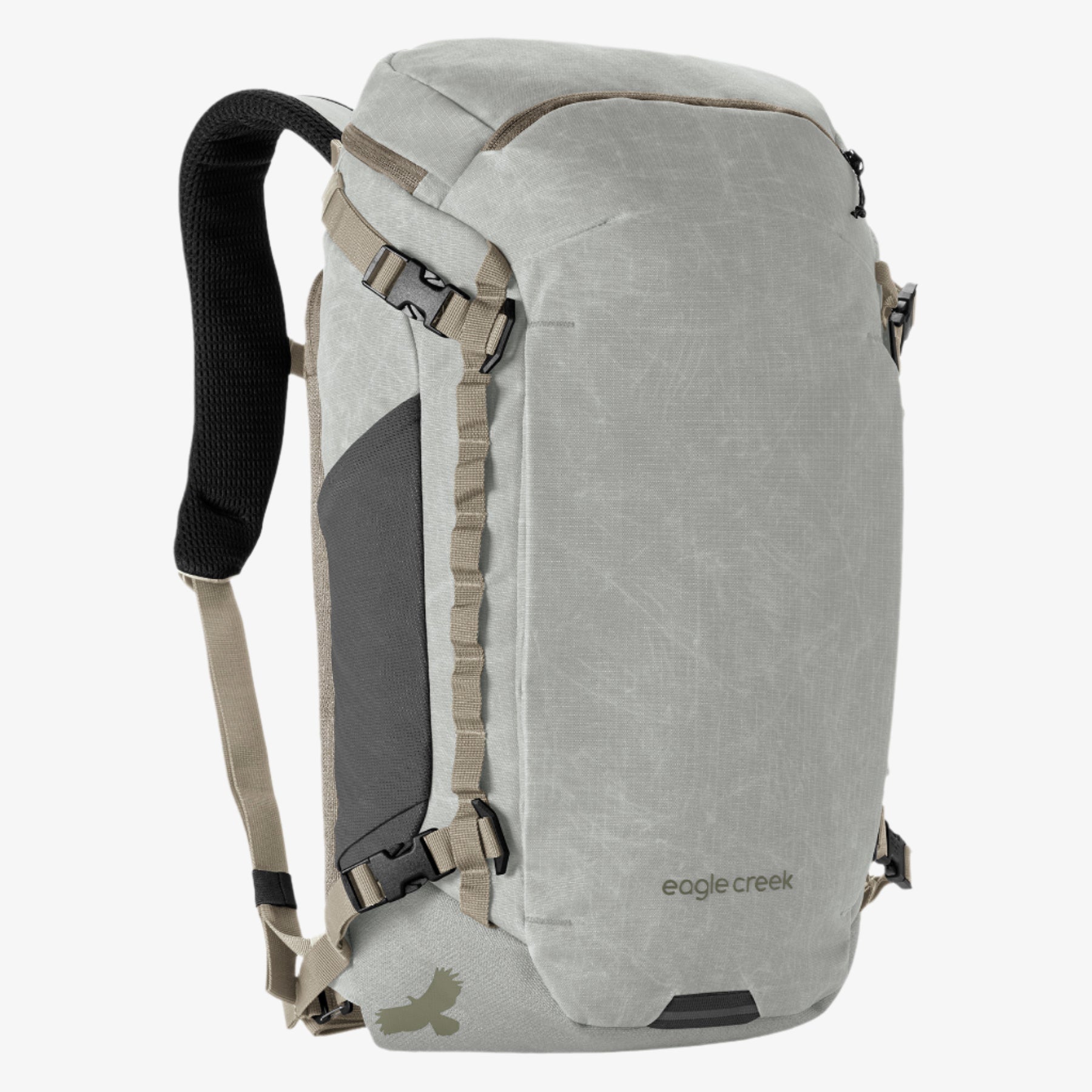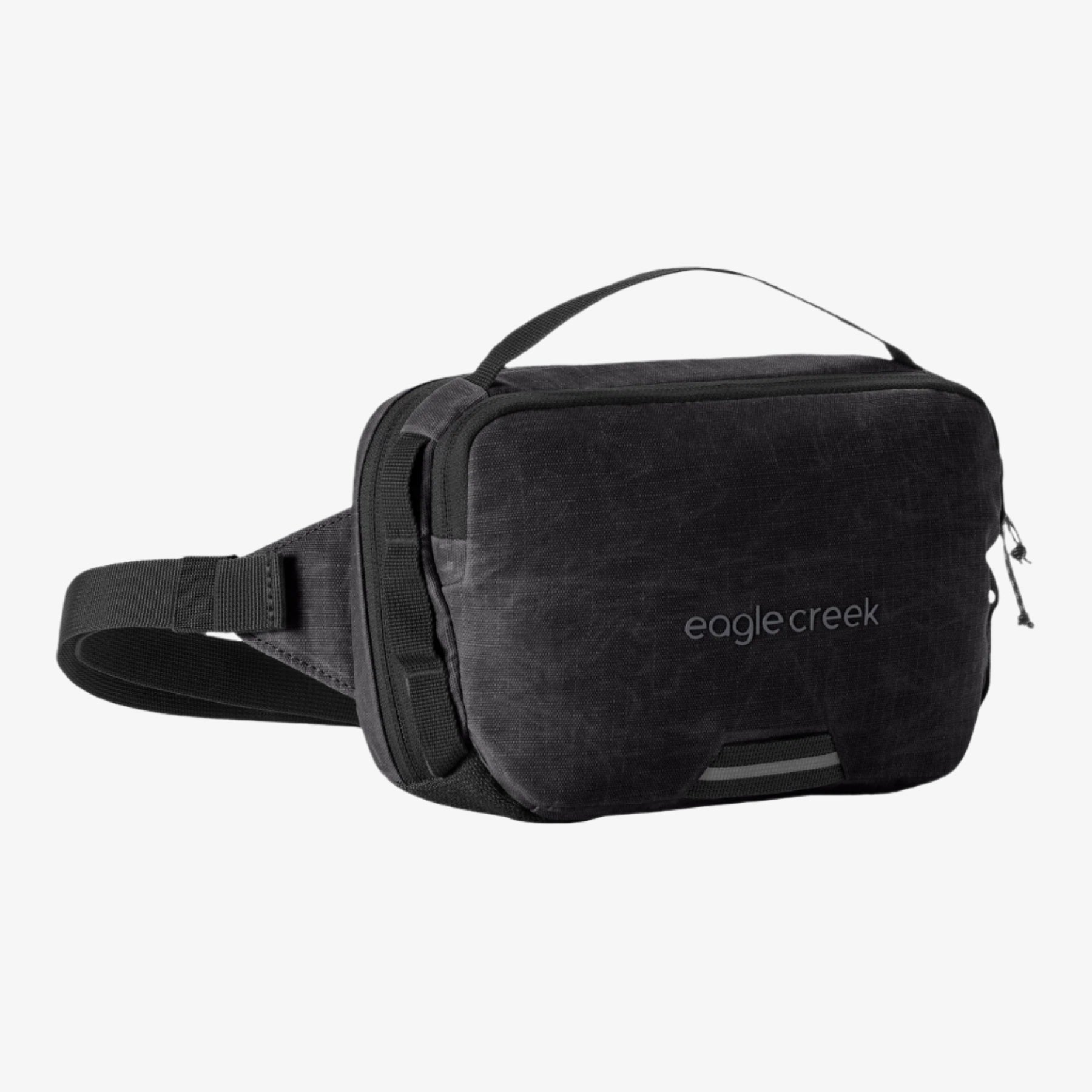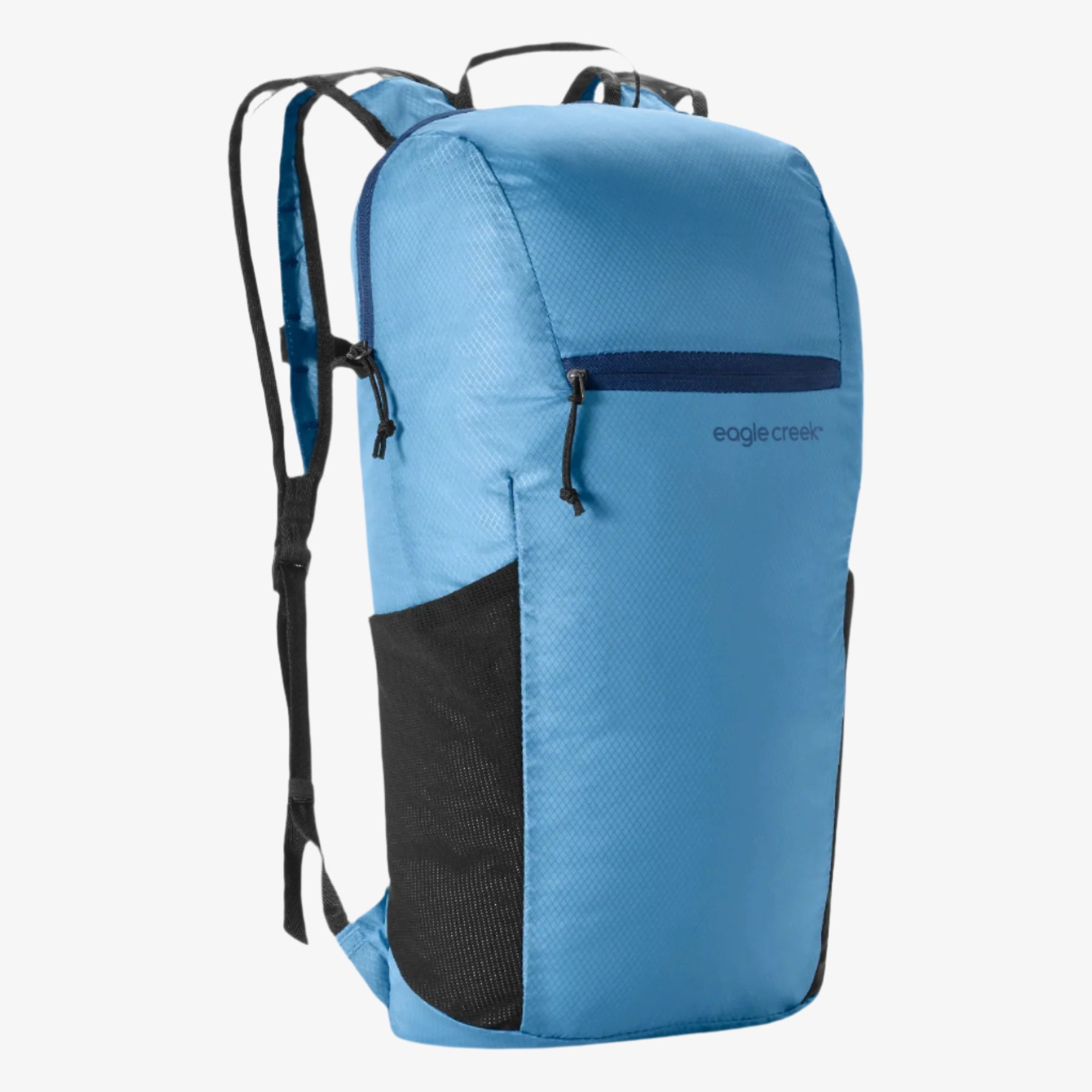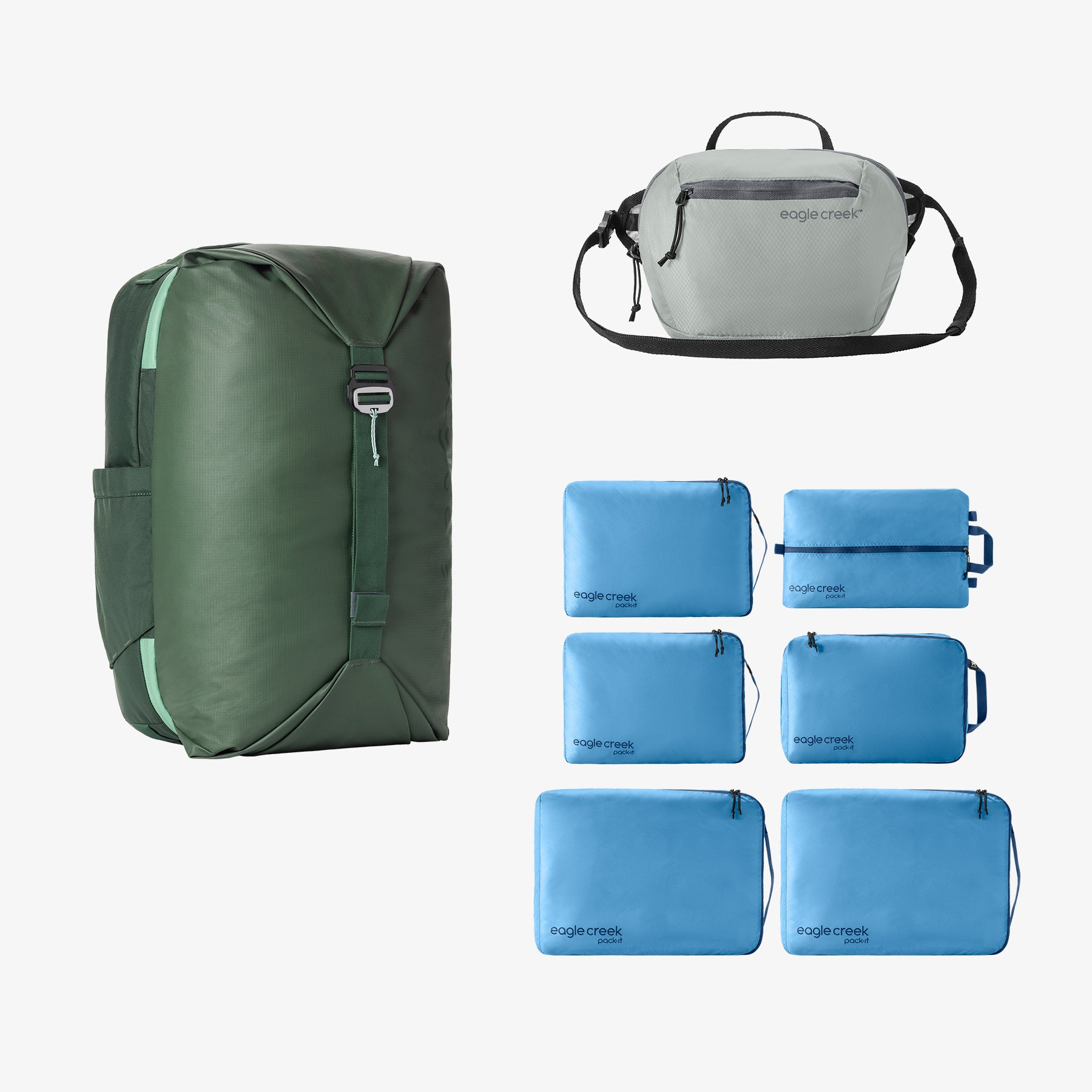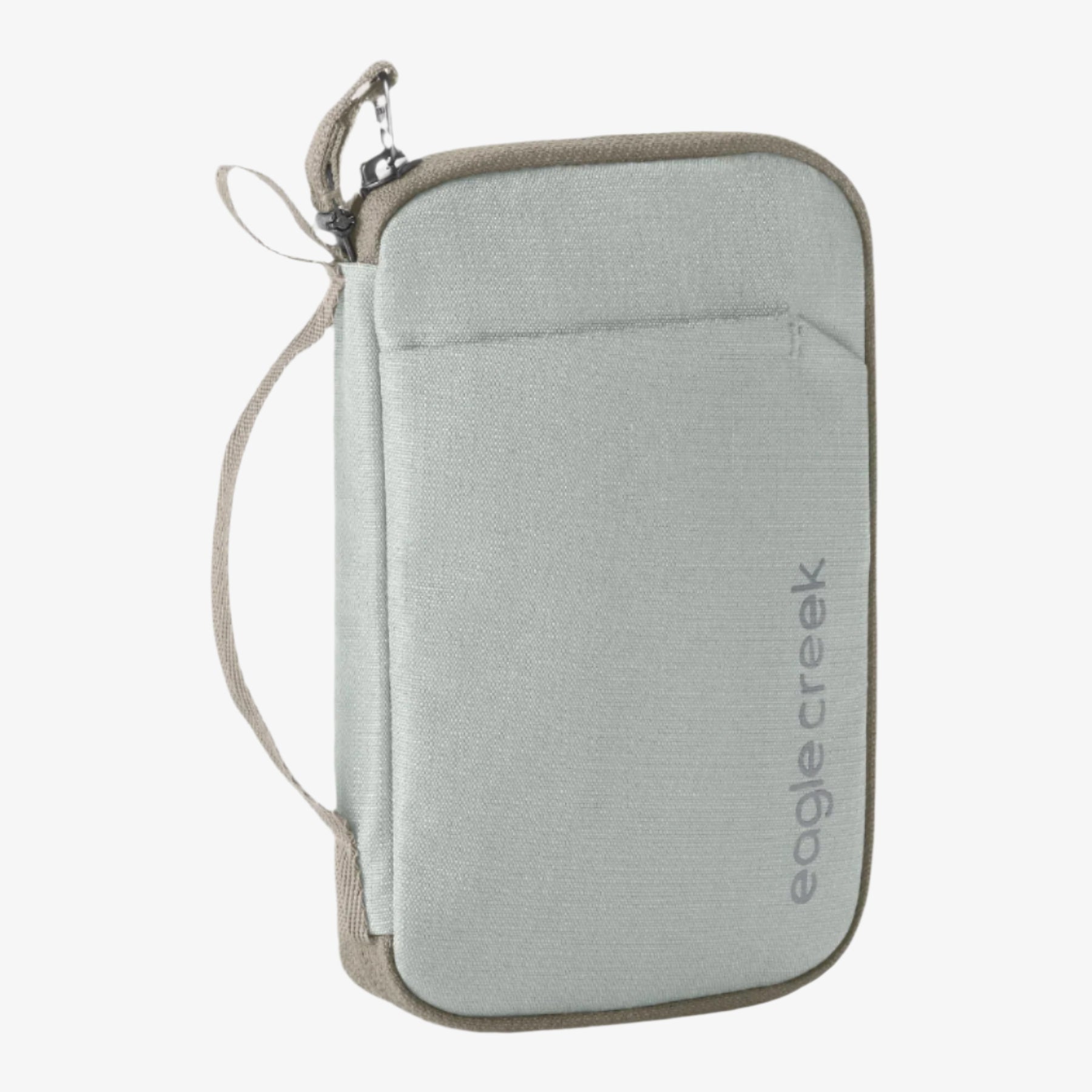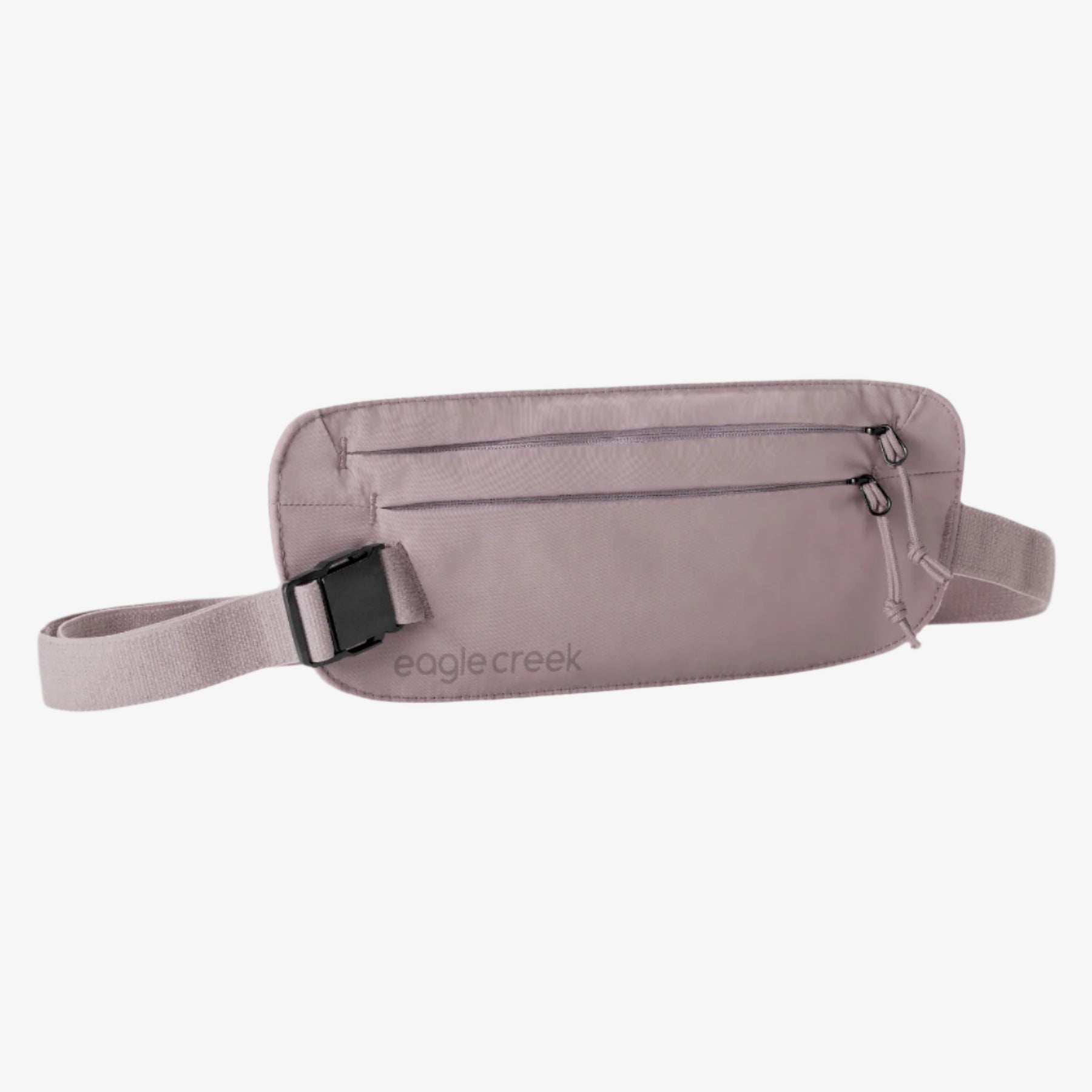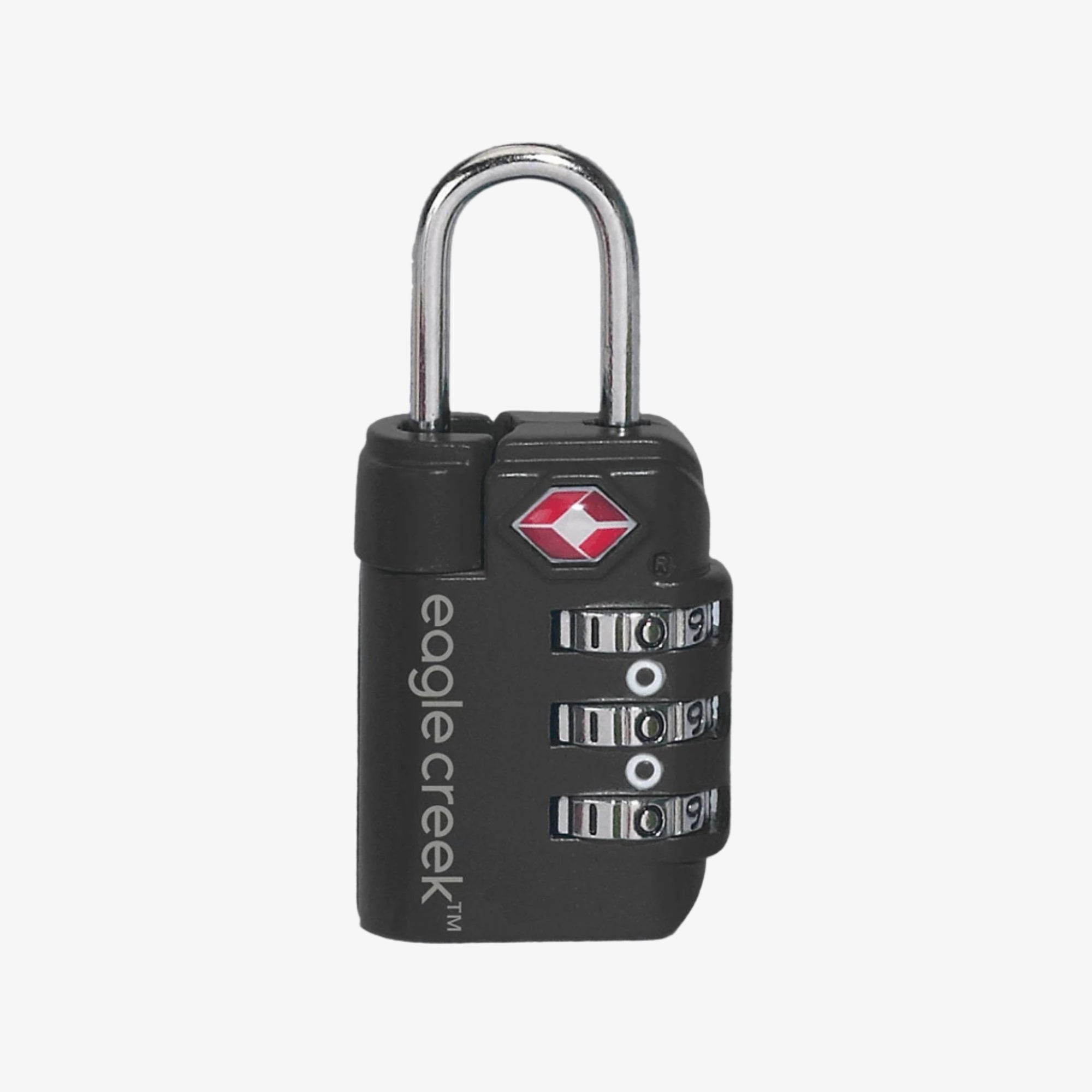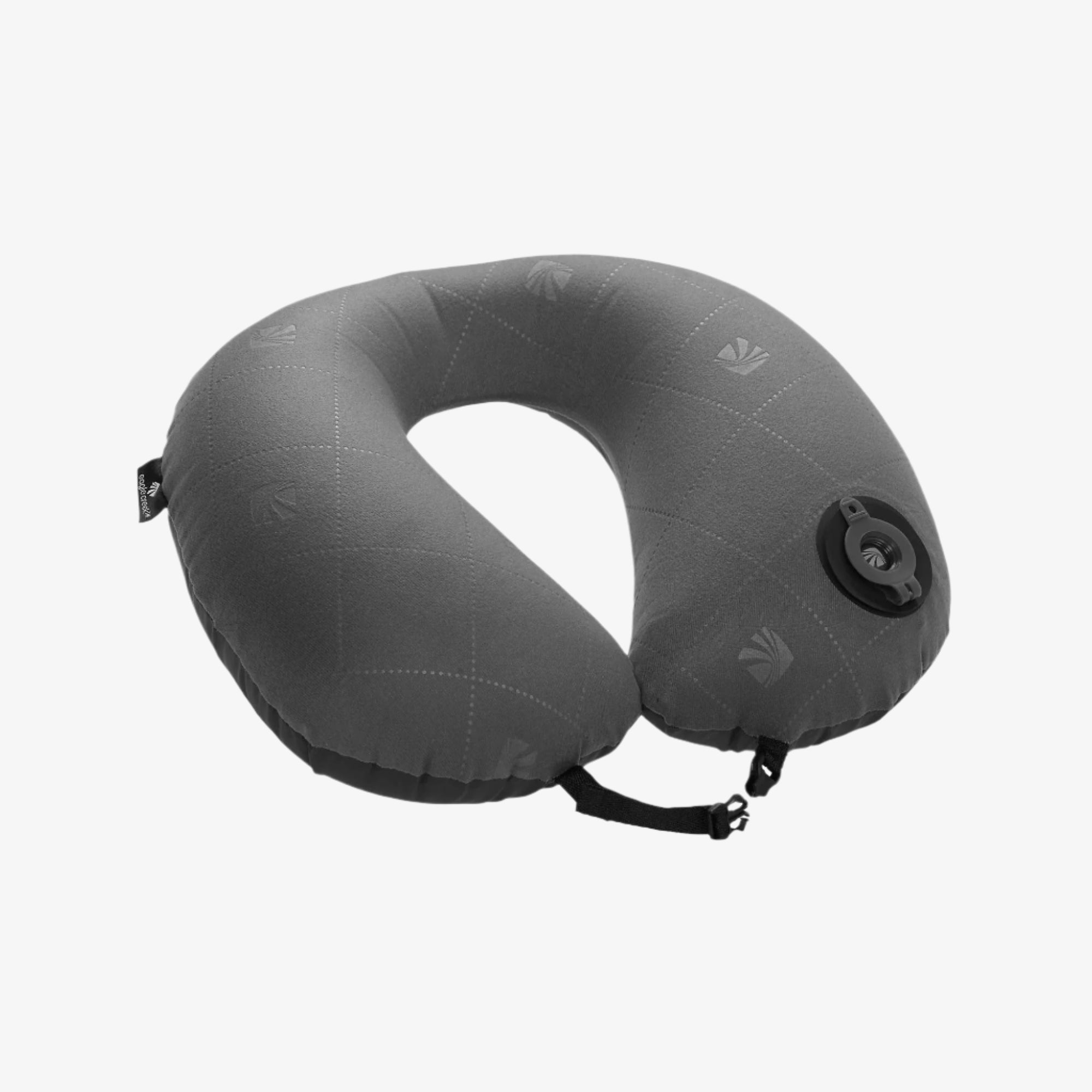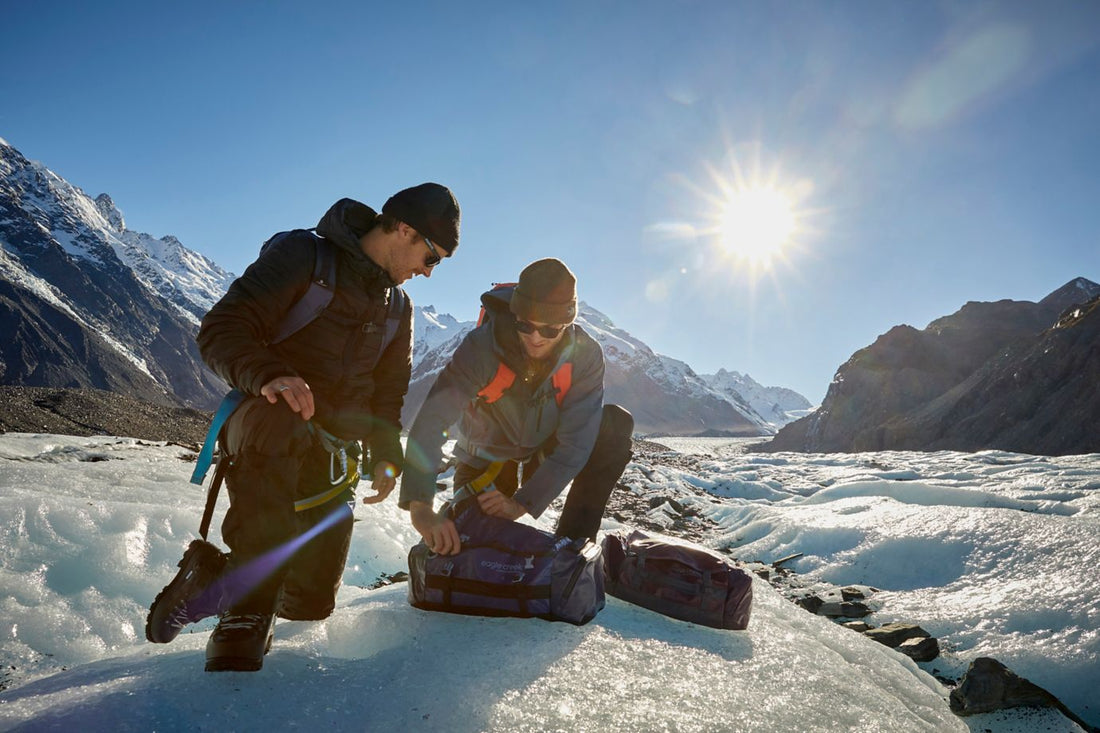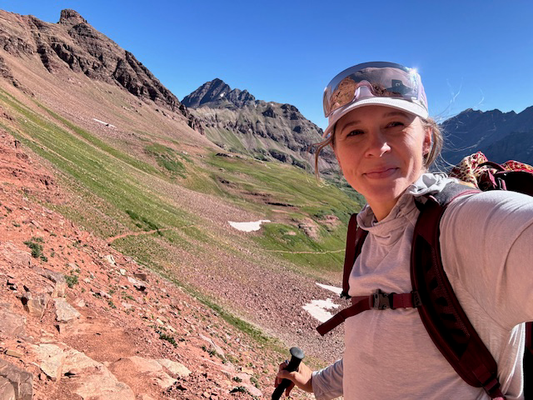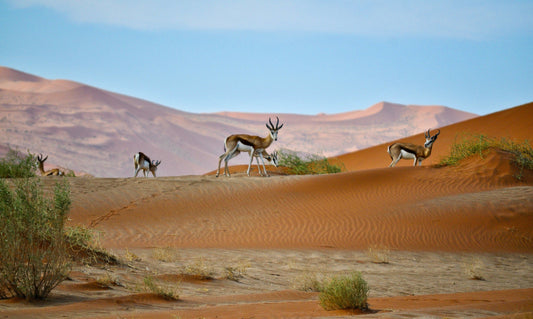
Stay warm no matter what you do outdoors this winter with the right base layers. Discover which layering fabrics are the warmest, driest, most affordable, and easiest to take care of when you’re adventuring in the cold.
Whether you are an avid skier or just enjoy winter hiking, the key to staying warm and comfortable is a quality, insulating base layer.
But there are so many different materials and weights on the market today, how do you know which is the best for your favorite cold-weather activities?
Here is a guide to the most common base layering options along with their relative pros and cons.
What Does A Base Layer Do?
The point of a base layer is not just to insulate. It’s more important job is to wick sweat away from your body (and water if you get wet). “This ultimately helps you stay warm because you don’t have moisture evaporating off your body and cooling you down, explains Diane Vukovic, the author of Mom Goes Camping.
The more active you’ll be, the better wicking ability you’ll need; especially for a winter sport like skiing, where you can heat up while doing a run and then quickly cool off riding the lift back up.
The right material matters, but so does weight. Base layers vary in weight from about 100 to 450 grams per square meter (GSM or G/SM). For a vigorous activity, like running in the cold or Nordic skiing, 150 GSM is probably fine. For winter camping, where you’re sitting by a campfire or sleeping in the cold, you’ll probably want something close to the 450 GSM to really keep you snug.
If you want one set of thermals that can do a lot, “A base layer around 250 GSM is one of the most versatile and valuable pieces of gear for most outdoor activities,” according to Mike Syms, a Canadian who runs the outdoor website HuntThings.com.
You want your base layer to fit snugly, to trap body heat, and to wick more effectively. But you also clearly want to be able to move in it without it riding up or feeling tight. Make sure the fit is good. To that end, a bit of Spandex in the fiber mix is fine.
What Kind of Base Layer Is Best?
Wool or Alpaca Base Layers
“Wool and Alpaca are by far the most effective base layer materials for serious cold weather outdoor activities,” says Syms.
They are, most outdoor experts concur, the best at insulating, wicking sweat, and keeping you warm even if they get pretty damp. They are also the most likely to come in the highest GSM weights.
“The only problem is that lower-grade wool can be itchy against the skin, so you need to splurge a bit and get good quality wool weaves,” cautions Paul Johnson, the founder of North Outdoors.
Merino is the most common wool for base layers because it’s soft. But other types of wool work perfectly well as long as they don’t itch. Blends of wool and synthetics can be fine, too, and can be a bit less expensive than 100% wool.
Wool also has some antibacterial properties that make it odor-resistant. And it’s biodegradable and renewable, which is a nice plus.
If wool has a downside it’s that it can take a while to dry and often has to be washed in cold water and dried flat or hanging. On a longer outdoor vacation, you might want a second set of wool base layers to alternate.
Synthetic Base Layers
Synthetic base thermals—often a mix of polyester, polypropylene, nylon or polyamide—are more durable than wool and typically cost less, according to Vukovik.
They wick moisture nearly as well as wool and some use your body heat to evaporate it away, according to Brian Casey, editor of KnifeGeeky.com. But they don’t insulate as well as wool once they’re wet.
Synthetic layers mostly come in light and middle weight GSM, so they’re ideal for being active outdoors but not the best choice for, say, watching a football game outdoors in January, which takes a different clothes layering strategy.
Because they’re lighter weight, they aren’t bulky under other layers, usually have a lot of give, and roll up compactly in your suitcase.
Synthetics aren’t the least bit anti-bacterial, “so they’ll start to smell funky after just one day,” says Vukovik. They usually dry quickly so this is fine if you can wash them out every day, or pack used ones in a clean/dirty cube to contain the smell. But it’s not ideal, she says, “if you’re backpacking and wearing the same base layers for a few days.”
Some synthetics have a metallic heat-reflective material on the underside (like Columbia’s Omni-heat). The metal reflects your body heat back inward. As long as they wick as well as other synthetics, the heat reflector can add a bit more insulation without making them heavier. Above freezing, they can insulate you even if you aren’t very active. Below freezing, they work better when you’re doing something to generate more body heat to reflect back into your body.
Silk Base Layers
Silk is the most expensive base layer and doesn’t perform quite as well as wool and synthetics. But it’s natural and soft and a quite viable option if wool and synthetics irritate your skin.
Silk wicks moisture, but not quite as well as the other two categories. It’s thin and soft, making it a comfortable material under other clothes. It’s a good choice for winter city sightseeing, late fall hiking, and moderately aerobic winter sports, like snowshoeing
It’s natural and biodegradable like wool. It has similar antibacterial properties, wears longer, and dries faster than wool (but synthetics still wear longest and dry fastest). It also packs well.
When you’re buying a silk winter base layer, check to make sure it’s machine washable. A bit of Spandex blended with silk improves its movement and durability.
Cotton Base Layer
Don’t even think about it.
Leave that waffled-cotton long underwear back in your childhood sledding days where it belongs. You don’t even want to see it as part of a fabric blend.
Yes, cotton is soft and comfortable, but the experts concur that cotton doesn’t wick moisture off or aid evaporation, and it isn’t especially insulating, making it a poor choice when it comes to layering clothes for warmth.
Don’t Forget Hands and Feet
Hands and feet get cold even when activity keeps your core warm. So, “You need to layer your hands and feet too,” says Vukovik. She recommends a thin synthetic glove liner with an insulated glove or mitten on top.
A thin wool or synthetic sock with thicker wool or down over it will keep your feet dry and less likely to blister. “Your feet will also smell less funky if you wear base layer socks,” she advises.
Packing Your Base Layers
The advantage of most of these base layers is that they are warm but thin and roll up small in a suitcase. But so much other winter gear, from gloves to snow pants, is super bulky, making packing light in the winter a real challenge.
Packing cubes help compact all that puffy winter gear, and they keep dirty clothes separated from clean on the trip home.
● The smaller half of the Pack-It Isolate Compression set is ideal for isolating base layers and other undergarments. The medium size easily compresses sweaters and fleece. These cubes come in six different colors to make it easier to remember what you packed where.
● The Pack-It Reveal Clean/Dirty Cube lets you separate your wet smelly clothes from your clean items in a single compression cube. And it’s big enough for items like jeans, leggings and sweaters.
● The Pack-It Starter Set is ideal when you have some après skiing activities mixed in with your days outside. The three-piece set includes a folder to keep nice clothes from wrinkling. And it has a medium cube for thicker outdoor clothes while the smaller one fits mittens, socks, and base layers.
No matter what winter adventures you have planned, from yurt camping to fat tire biking, make sure your packing listincludes the right base layers to fit the situation.
Related Links (from Eagle Creek blog):
Here’s Exactly How Packing Cubes Work


